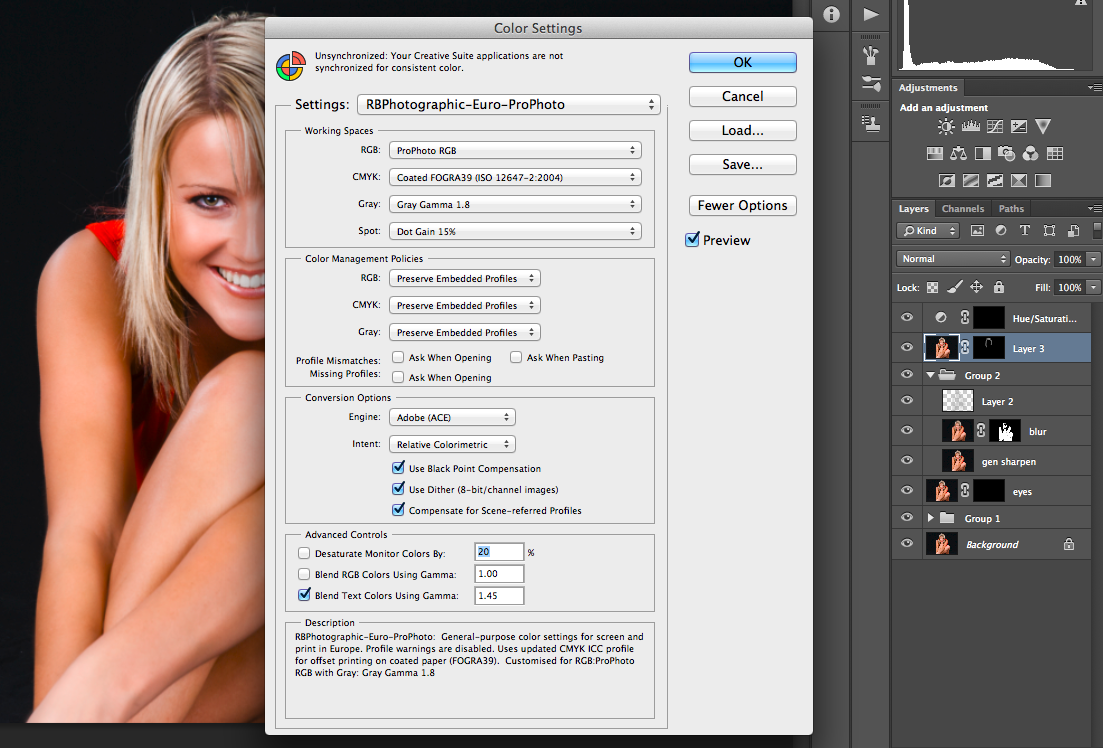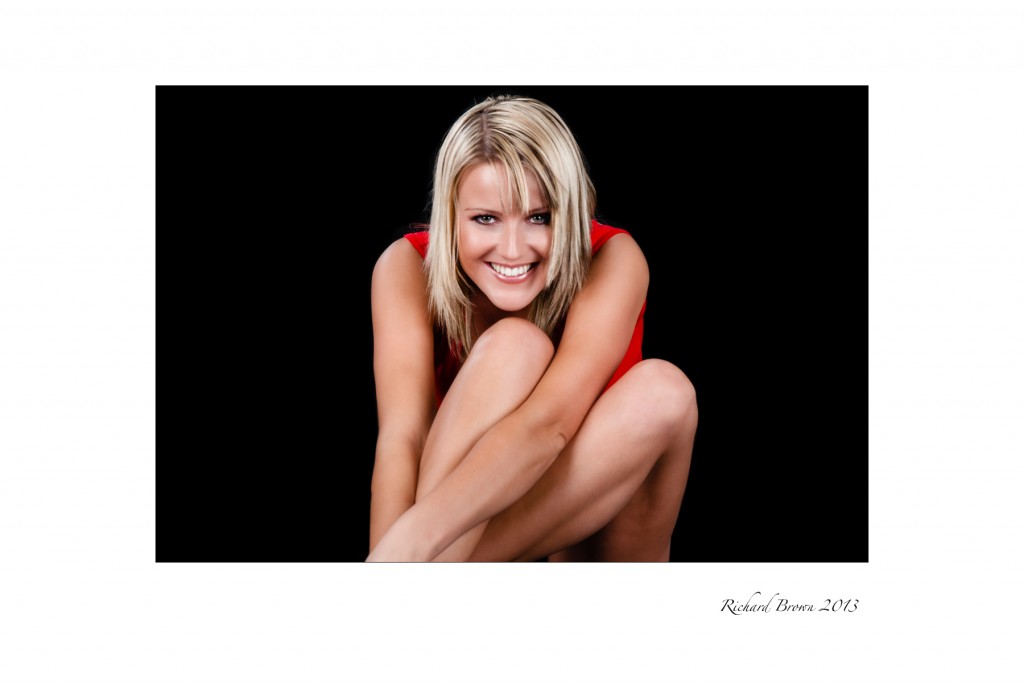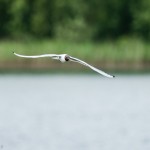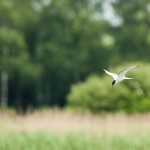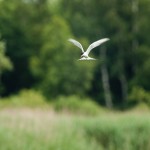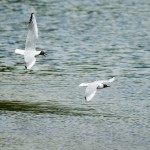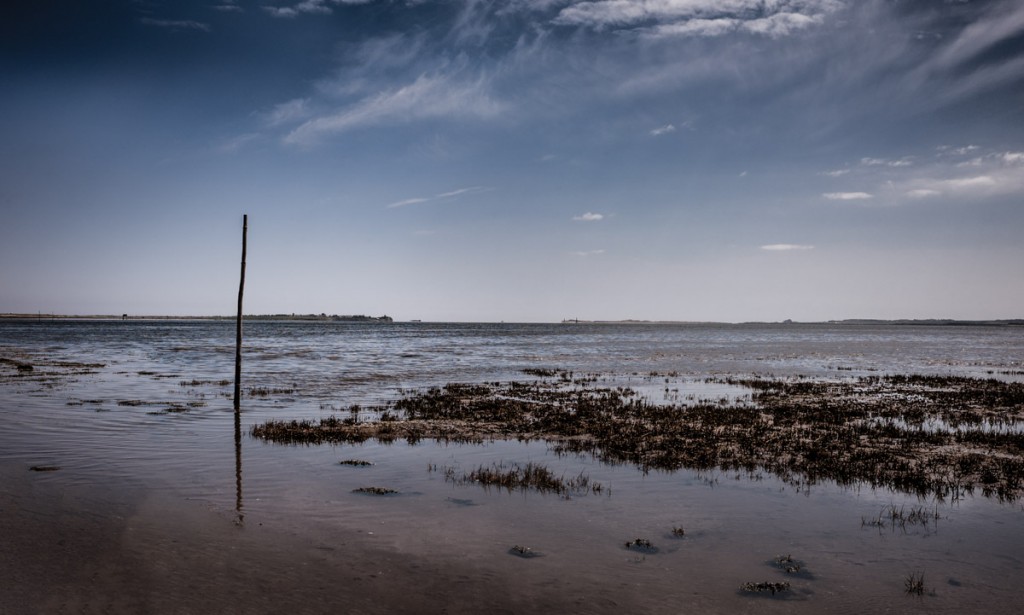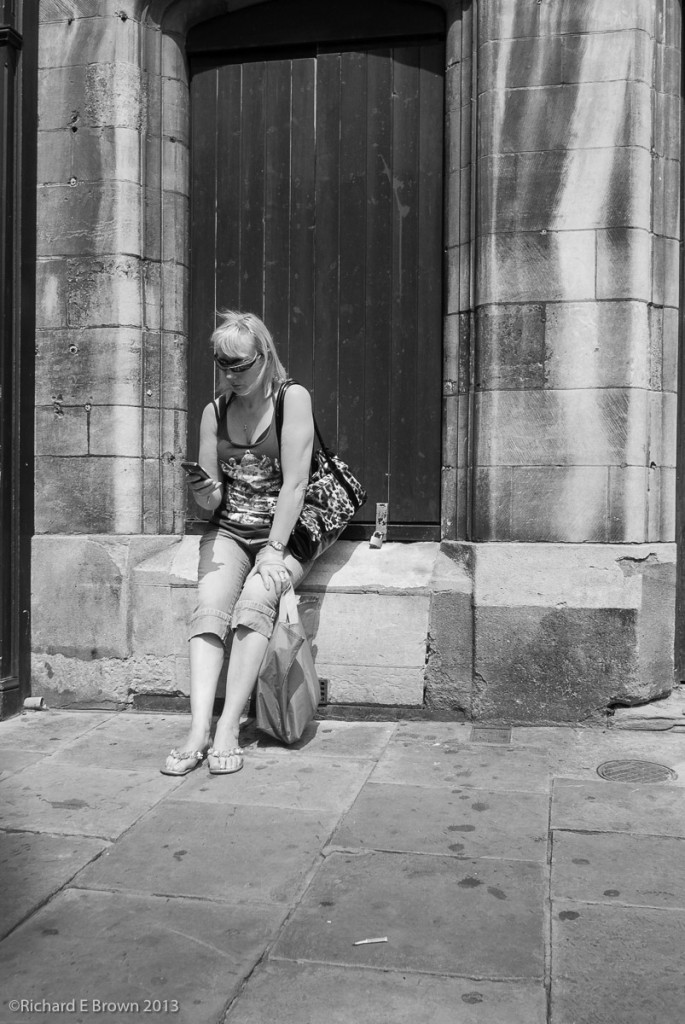
As you might have realised, I am quite taken with the Ricoh GR V and the Fuji X100s. Both of which I have tested recently. I prefer the X100s, due to its optical viewfinder and direct controls, but I prefer the sensor of the older Fuji X100 and the Ricoh GR.
The Ricoh is one of the most customisable compacts available and the latest version with its large DX sized sensor and no AA filter is great value. Its size means one can always carry it with you.
I have two issues with it. It has a 18.3mm lens (28mm field of view on DX) and it has no viewfinder. The X100s has one of my favourite fields of view at 35mm (equivelant to 35mm film/sensor size), but having a Leica M4 and M8 (with the M8.2 upgrades) and a Leica 35mm Summicron lens, means the X100s does not really bring me anything new.
Its a compact I want for when I do not want to carry a ‘real camera’. But what compromises am I willing to put up with?
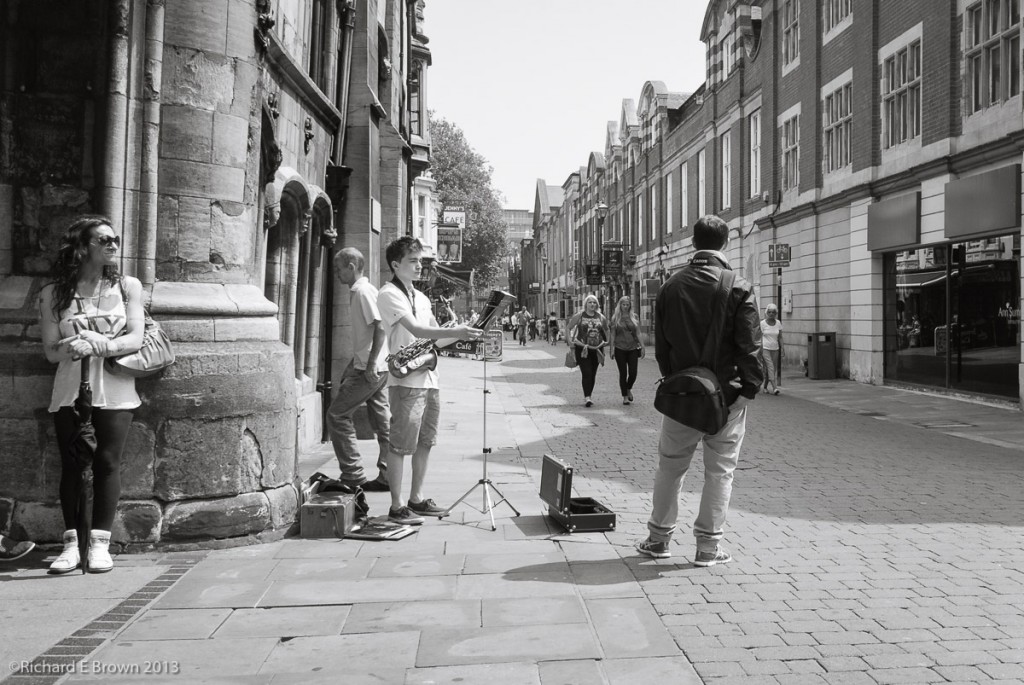
Looking at the current options, I like the Ricoh, the Nikon Coolpix A, the Sony RX-100, the Sony RX-1 and the Canon S95. But while I want a compact I still want the performance of a ‘real camera’. Its the Ricoh GR V, Nikon Coolpix A, Sony RX-100 and Sony RX-1 that fill that need.
The Sony RX-1 is a killer of a camera, it rivals the Leica M, and the Nikon D800E with a form factor that can fit in your pocket, but in truth its overkill. Hand holding a camera like this is a waste. It should be on a heavy series 5 Gitzo tripod to make the best of its performance. That kind of makes its lightness and compact size pointless. There is also the price. I can buy some serious Leica M glass for the price of a Sony RX-1. So why have I dismissed the very good Canon S95, well its a compact and a very good one, but its still got that small compact sensor, and I want something better. With that in mind one comes to the sony RX-100. This is a great little camera and the newer version just announced is even better. Its a real rival to my Nikon V1 with a sensor the same size.
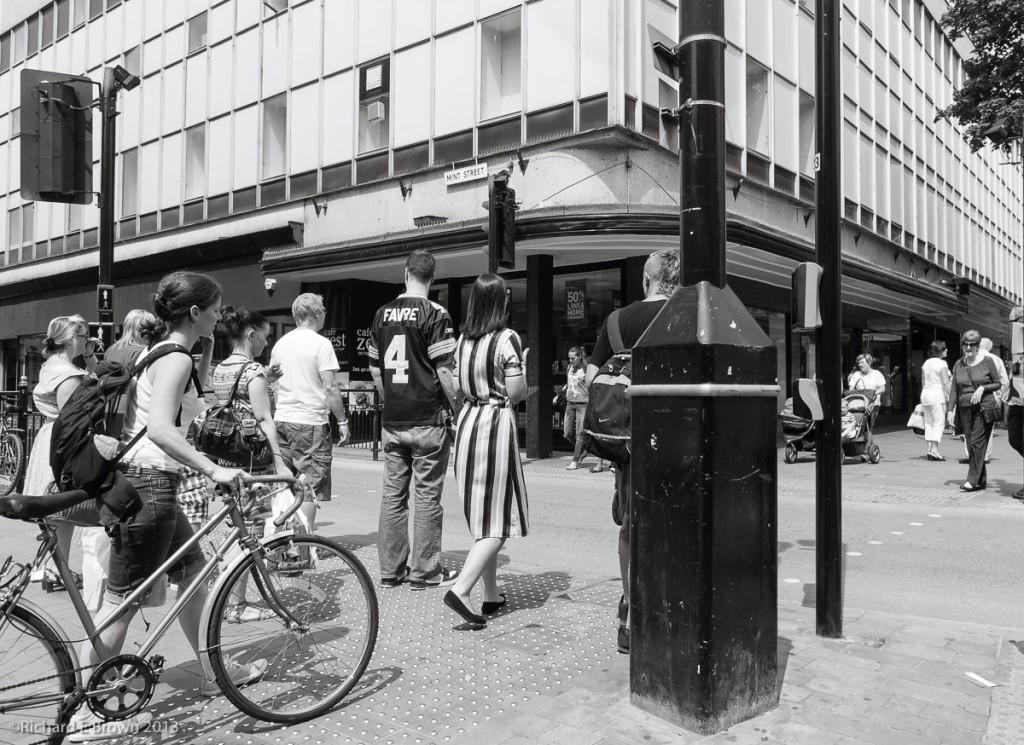
Oh yes the Nikon V1 my current ‘compact camera’. Well last Friday after handling the Ricoh and the Sony RX-100 I hit the streets and took the shoots you see above. As you can see its a great camera and with its interchangeable lens very flexible. I fitted the Nikon Series One 10mm f/2.8 lens. This gives the same field of view as the Ricoh, i.e. 28mm FOV on a 35mm sensor size, I have to give the focus speed award to the Nikon V1 its simply stunning for a compact camera. The Nikon V1 and V2 has issues and there are things to do with the handling that I hate. Nikon did fix a few issues in the V2 but not enough of them, certainly not enough to make me think about upgrading, but it can certainly produce the goods. The Nikon V1, but even with the 10mm f/2.8 lens fitted is larger then the Ricoh. The Ricoh is smaller, more pocketable and with its controls, a lot easy to use. With the bigger sensor it offers a number of advantages, but can I live with the 28mm field of view.

Well this shooting session was in a way a test.
a) could the 28mm field of view do the kind of street of shooting I do, when I usually use a 35mm field of view, and
b) do I actually need it? Will the Nikon V1 with its 10mm f/2.8 do the job.
Well these shots confirmed two things:
- The V1 is a great camera capable of capturing great shots with wonderful image quality, and its interchange lens makes it a very small flexible interchangeable lens system. In many ways a great alternative to cameras such as the Micro FourThirds systems and the Sony Nex. For the money its one of the fastest focusing quick reacting cameras money can buy with image quality far better then many of its larger sensored rivals.
- When you need to change a setting quickly its one of the most frustrating cameras money can buy and you really wonder why you wasted your money on such a limiting system, when cameras such as the compact Ricoh GR V can offer the enthusiast photographer more for less money.
Its a real Jekyll and Hyde camera, and for now my choice of compact camera, but I hear the Ricoh calling to my photographers heart.
Oh and can I live with a 28mm field of view? Well its a little early to tell but the shots above do seem to indicate that I can work well on the street with that focal length.
Still all of this is a very good excuse to hit the streets some more and shoot with the Nikon V1, but I better keep out of camera shops that stock the Ricoh, especially if I have my credit card with me!



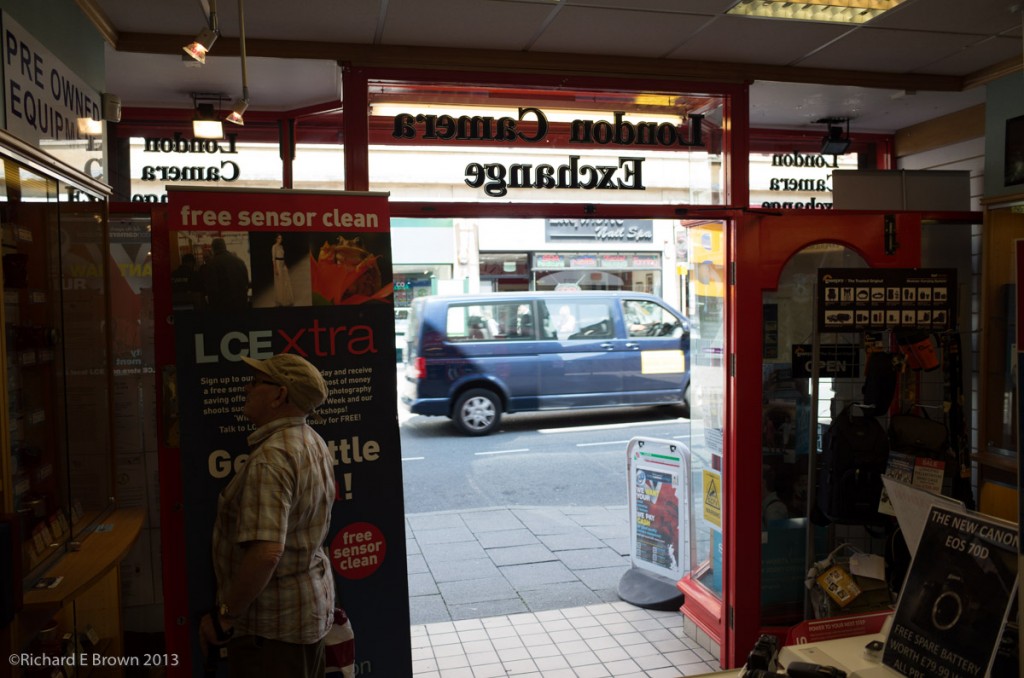

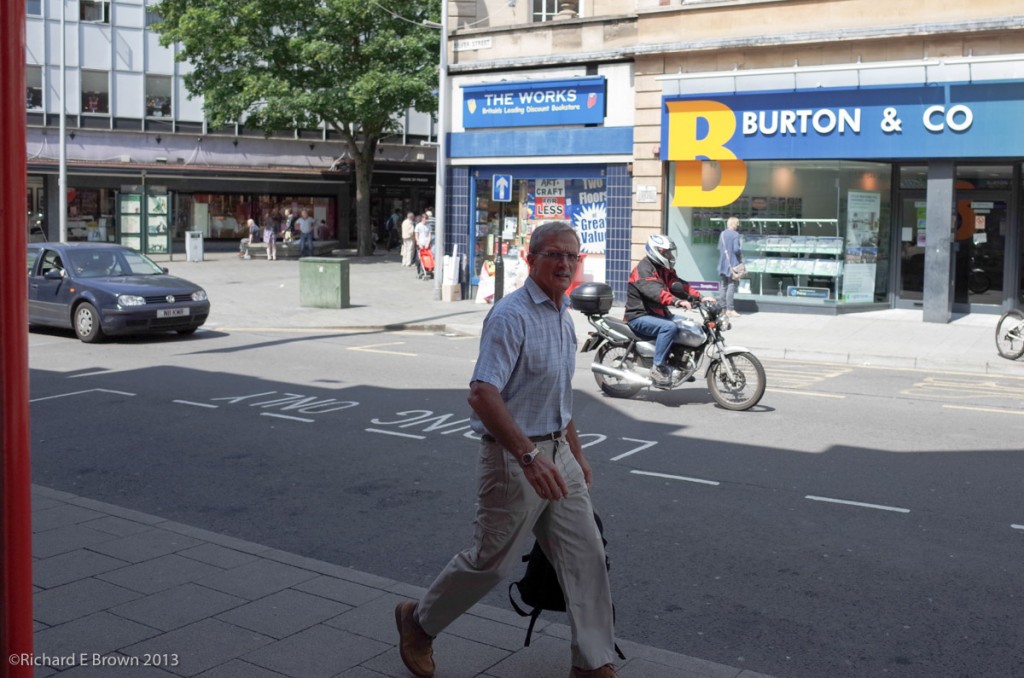
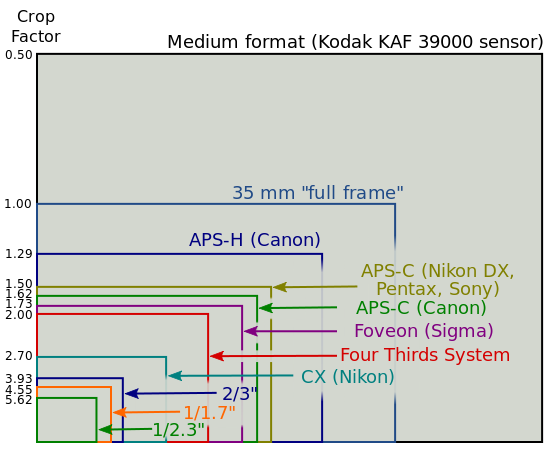
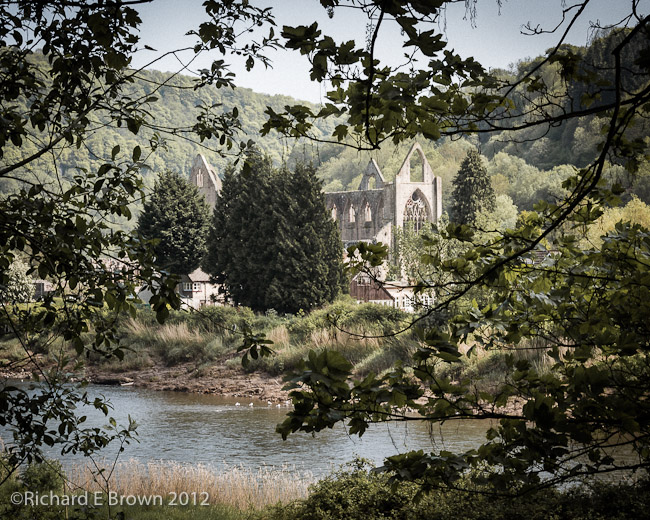


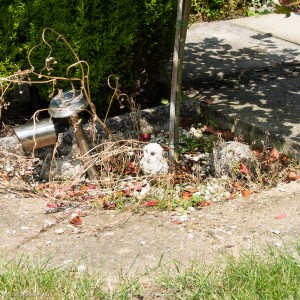
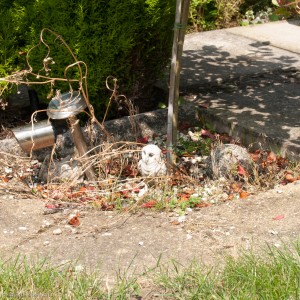
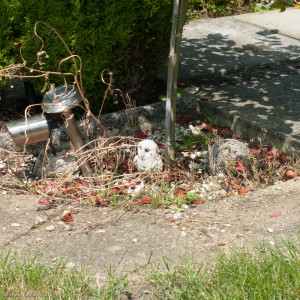
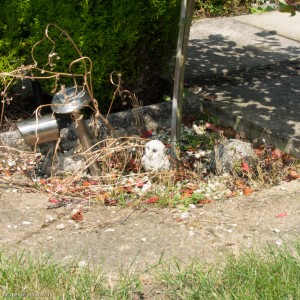

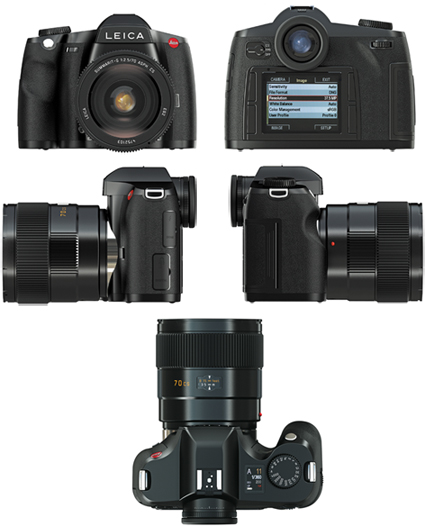 For a while now if you bought a Leica you got a free copy of Lightroom V4. Leica have now made there expected announcement that all new cameras, whether a re-badged Panasonic to a Leica M or Leica S, will come with a license for Lightroom V5.
For a while now if you bought a Leica you got a free copy of Lightroom V4. Leica have now made there expected announcement that all new cameras, whether a re-badged Panasonic to a Leica M or Leica S, will come with a license for Lightroom V5.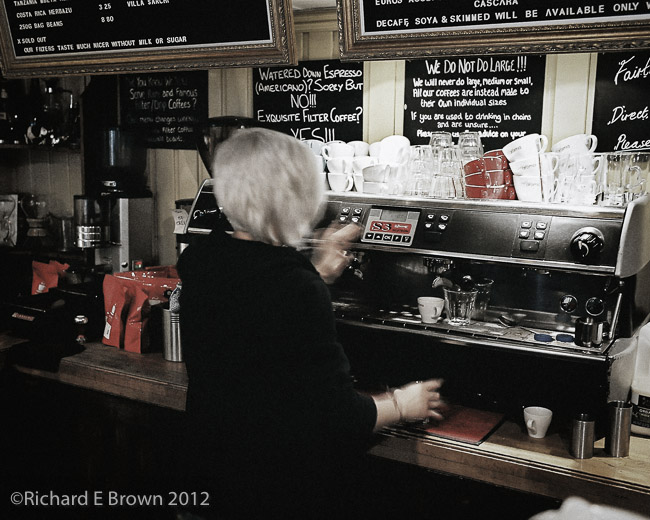
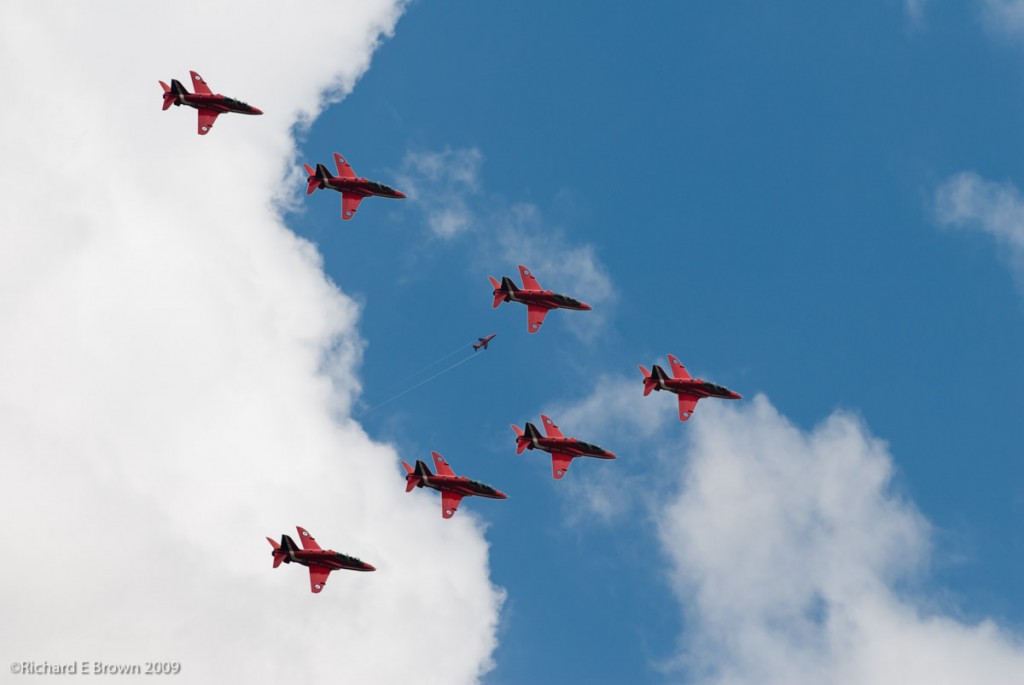
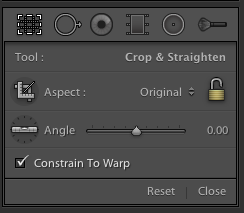 It was a bit of a surprise considering that version 5 is now out but an update appeared the other day for version 4 users; version 4.4 was updated to version 4.4.1, mainly a bug fix but still nice to know V4 users are still getting some support.
It was a bit of a surprise considering that version 5 is now out but an update appeared the other day for version 4 users; version 4.4 was updated to version 4.4.1, mainly a bug fix but still nice to know V4 users are still getting some support.
